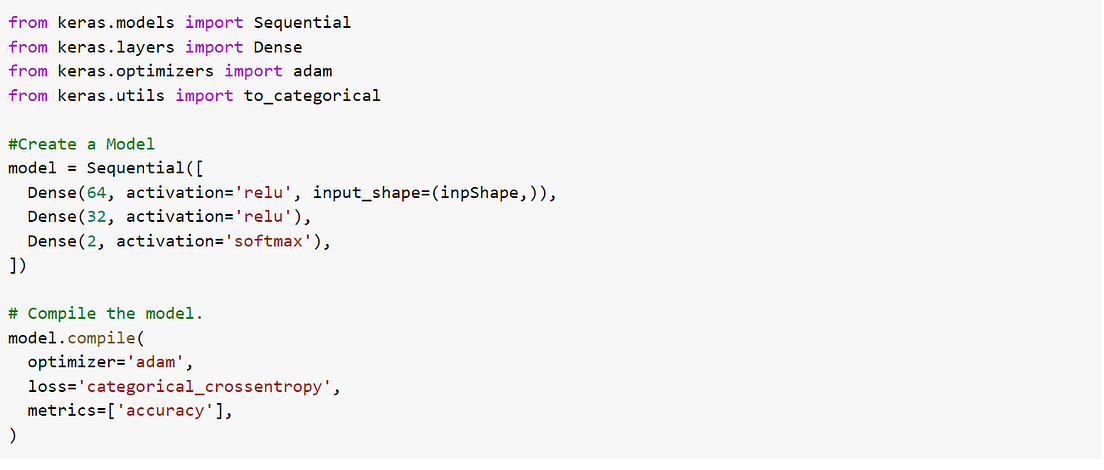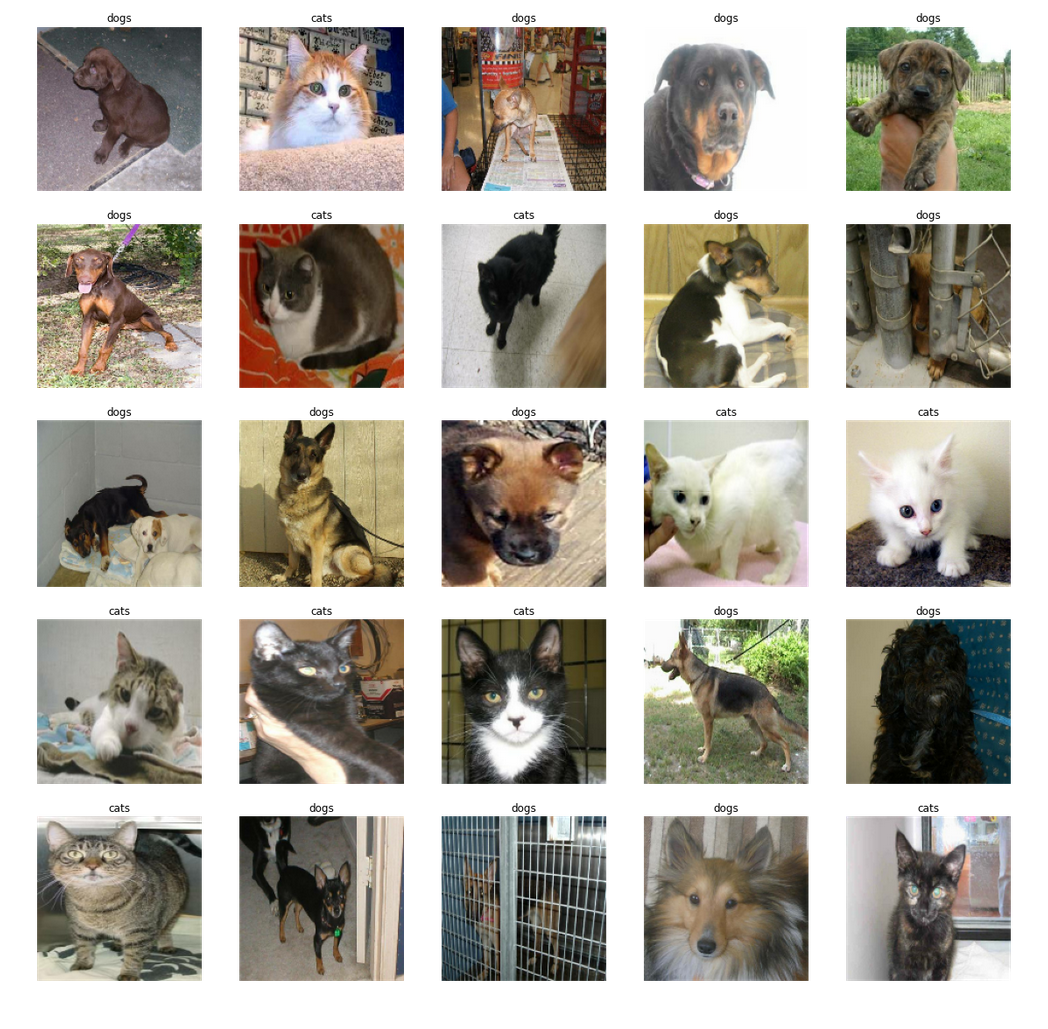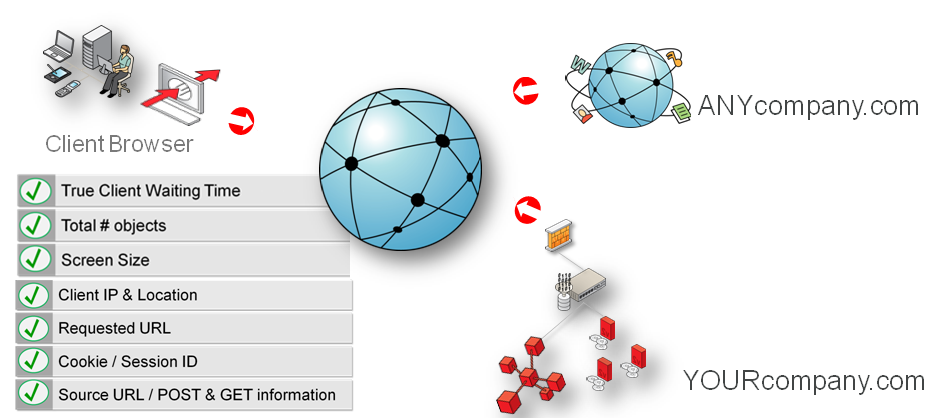41 tf dataset get labels
tf.data.Dataset select files with labels filter Code Example Python answers related to "tf.data.Dataset select files with labels filter" def extract_title(input_df): filter data in a dataframe python on a if condition of a value Tensorflow | tf.data.Dataset.from_tensor_slices() - GeeksforGeeks With the help of tf.data.Dataset.from_tensor_slices() method, we can get the slices of an array in the form of objects by using tf.data.Dataset.from_tensor_slices() method.. Syntax : tf.data.Dataset.from_tensor_slices(list) Return : Return the objects of sliced elements. Example #1 : In this example we can see that by using tf.data.Dataset.from_tensor_slices() method, we are able to get the ...
tfdf.keras.pd_dataframe_to_tf_dataset - TensorFlow If "weight" is provided, separate it as a third channel in the tf.Dataset (as expected by Keras). If "task" is provided, ensure the correct dtype of the label. If the task a classification and the label a string, integerize the labels. In this case, the label values are extracted from the dataset and ordered lexicographically.

Tf dataset get labels
tf.data: Build Efficient TensorFlow Input Pipelines for Image Datasets 3. Build Image File List Dataset. Now we can gather the image file names and paths by traversing the images/ folders. There are two options to load file list from image directory using tf.data ... tf.data.dataset get labels Code Example - codegrepper.com Python answers related to "tf.data.dataset get labels" view whole dataset in python; how to know the length of a dataset tensorflow; generating datafraoms using specific row values; dataframe to tf data; pandas get attribute of object; python pandas get labels; extract label from tf data; tensorflow - Flipping the labels of a TF dataset - Stack Overflow In general, tf.data.Dataset objects can be modified using their .map method. So for example, a simple label flipping could be done as follows: def flip_label(example): return {'image': example['image'], 'label': 99-example['label']} flipped_dataset = example_dataset.map(flip_label)
Tf dataset get labels. How to extract data/labels back from TensorFlow dataset Solution 4. If you are OK with keeping the images and labels as tf.Tensor s, you can do. images, labels = tuple ( zip (*dataset)) Think of the effect of the dataset as zip (images, labels). When we want to get images and labels back, we can simply unzip it. If you need the numpy array version, convert them using np.array (): Using the tf.data.Dataset | Tensor Examples Note that when supplieing any dataset you have to give the length, otherwise you get a ValueError: When providing an infinite dataset, you must specify the number of steps to run. message. # Create the tf.data.Dataset from the existing data dataset = tf.data.Dataset.from_tensor_slices( (x_train, y_train)) # Split the data into a train and a ... How to get the labels from tensorflow dataset - Stack Overflow After completing the model, I want to zip the columns of predictions and labels for the df_test . preds = model.predict (df_test) Getting the predictions is quite simple, and it is of numpy array format. However, I don't know how to get the corresponding labels from the df_test. I want to zip (preds, labels) for further analysis. tfds.visualization.show_examples | TensorFlow Datasets The tf.data.Dataset object to visualize. Examples should not be batched. Examples will be consumed in order until (rows * cols) are read or the dataset is consumed. ds_info. The dataset info object to which extract the label and features info. Available either through tfds.load ('mnist', with_info=True) or tfds.builder ('mnist').info.
IMDB movie review sentiment classification dataset - Keras This is a dataset of 25,000 movies reviews from IMDB, labeled by sentiment (positive/negative). Reviews have been preprocessed, and each review is encoded as a list of word indexes (integers). For convenience, words are indexed by overall frequency in the dataset, so that for instance the integer "3" encodes the 3rd most frequent word in the ... How to convert my tf.data.dataset into image and label arrays #2499 I created a tf.data.dataset using the instructions on the keras.io documentation site. dataset = tf.keras.preprocessing.image_dataset_from_directory( directory, labels="inferred", label_m... TF Datasets & tf.Data for Efficient Data Pipelines - Medium Importing a dataset using tf.data is extremely simple! From a NumPy array. Get your Data into two arrays, I've called them features and labels, and use the tf.data.Dataset.from_tensor_slices method for their conversion into slices. You can also make individual tf.data.Dataset objects for both, and input them separately in the model.fit function. How to use Dataset in TensorFlow - Medium tweets.csv. I can now easily create a Dataset from it by calling tf.contrib.data.make_csv_dataset.Be aware that the iterator will create a dictionary with key as the column names and values as Tensor with the correct row value.
How to filter Tensorflow dataset by class/label? | Data Science and ... Hey @bopengiowa, to filter the dataset based on class labels we need to return the labels along with the image (as tuples) in the parse_tfrecord() function. Once that is done, we could filter the required classes using the filter method of tf.data.Dataset. Finally we could drop the labels to obtain just the images, like so: one hot encode labels of tf.data.Dataset - Stack Overflow I am trying to convert the labels of a tf.data.Dataset to one hot encoded labels. I am using this dataset. I've added titles (sentiment, text) to the columns, everything else is original. Here is the code I use to encode the labels (positive, negative, neutral) to one hot (3,): tensorflow tutorial begins - dataset: get to know tf.data quickly Reference article: datasets: quick learn Datasets: quick learn tf.data Read memory data from the numpy array. Read the csv file line by line. Basic input Learning how to get array fragments is the easiest way to start learning tf.data. Premade Estimators def train_input_fn(features, labels, baUTF-8... Label Command (Team Foundation Version Control) - Azure Repos This parameter lets you independently create, manage, retrieve, and delete one label or set of labeled items when two labels of the same name are in different parts of the Team Foundation version control server. ownername. Provides a value such as DOMAIN\JuanGo or just juango to the /owner option. itemspec.
A hands-on guide to TFRecords - Towards Data Science To get these {image, label} pairs into the TFRecord file, we write a short method, taking an image and its label. Using our helper functions defined above, we create a dictionary to store the shape of our image in the keys height , width , and depth — w e need this information to reconstruct our image later on.
Get labels from dataset when using tensorflow image_dataset_from ... I have tried using (foo, foo1) = tf.keras.preprocessing.image_dataset_from_directory(dataDirectory, etc), but I get (trainData, trainLabels) = tf.keras.preprocessing.image_dataset_from_directory( ValueError: too many values to unpack (expected 2) And if I try to return as one variable and then split it as so:
tf.data.Dataset | TensorFlow Core v2.8.0 Overview; LogicalDevice; LogicalDeviceConfiguration; PhysicalDevice; experimental_connect_to_cluster; experimental_connect_to_host; experimental_functions_run_eagerly
TFRecords Explained. Working with TFRecords with an… | by ... - Medium The method here takes rows from a dataset, and its column types and column names as lists. It then iterates on the values of the row, checks the type, and then creates the respective tf.train.Feature element. Then as explained above, add the tf.train.Feature instance to a tf.train.Features map as a value against the column name as a key.
tf.data filter dataset using label predicate - Stack Overflow I am trying to filter the CIFAR10 training and test data with specific labels as given below, import tensorflow as tf from tensorflow.keras import datasets, layers, models import tensorflow_datasets as tfds import matplotlib.pyplot as plt import numpy as np Dataset dataset = datasets.cifar10.load_data() Split the dataset
Build a computer vision model with TensorFlow | Google Developers 2021-06-29 · import tensorflow as tf print(tf.__version__) You'll train a neural network to recognize items of clothing from a common dataset called Fashion MNIST. It contains 70,000 items of clothing in 10 different categories. Each item of clothing is in a 28x28 grayscale image. You can see some examples here: The labels associated with the dataset are:
tfds.features.ClassLabel | TensorFlow Datasets Args; num_classes: int, number of classes.All labels must be < num_classes. names: list, string names for the integer classes.The order in which the names are provided is kept. names_file: str, path to a file with names for the integer classes, one per line.

python - Why does shuffling sequences of data in tf.keras.dataset affect the order of sequences ...
AttributeError: 'MapDataset' object has no attribute 'create_tf_dataset ... I want to test a federated learning model with non-IID using this API tff.simulation.datasets.build_single_label_dataset(), following these posts: TensorFlow Federated: How to tune non-IIDness in
python - Get labels from dataset when using tensorflow image_dataset … 2020-11-04 · My problem is that I cannot figure out how to access the labels from the dataset object created by tf.keras.preprocessing.image_dataset_from_directory() My images are organized in directories having the label as the name. The documentation says the function returns a tf.data.Dataset object. If label_mode is None, it yields float32 tensors of shape …
tf.data: Build TensorFlow input pipelines | TensorFlow Core 2022-04-19 · The tf.data API enables you to build complex input pipelines from simple, reusable pieces. For example, the pipeline for an image model might aggregate data from files in a distributed file system, apply random perturbations to each image, and merge randomly selected images into a batch for training.
Tensorflow model.fit() using a Dataset generator - Stack Overflow 2019-03-27 · I am using the Dataset API to generate training data and sort it into batches for a NN. Here is a minimum working example of my code: import tensorflow as tf import numpy as np import random def Here is a minimum working example of my code: import tensorflow as tf import numpy as np import random def
TensorFlow Datasets TFDS provides a collection of ready-to-use datasets for use with TensorFlow, Jax, and other Machine Learning frameworks. It handles downloading and preparing the data deterministically and constructing a tf.data.Dataset (or np.array).. Note: Do not confuse TFDS (this library) with tf.data (TensorFlow API to build efficient data pipelines). TFDS is a high level wrapper around tf.data.
Multi-label Text Classification with Tensorflow - Vict0rsch The labels won't require padding as they are already a consistent 2D array in the text file which will be converted to a 2D Tensor. But Tensorflow does not know it won't need to pad the labels, so we still need to specify the padded_shape argument: if need be, the Dataset should pad each sample with a 1D Tensor (hence tf.TensorShape ( [None ...
Keras tensorflow : Get predictions and their associated ground ... - GitHub I am new to Tensorflow and Keras so the answer is perhaps simple, but I have a batched and prefetched tensorflow dataset (of type tf.data.TFRecordDataset) which consists in images and their label (int type) , and I apply a classification model on it.
tensorflow - Flipping the labels of a TF dataset - Stack Overflow In general, tf.data.Dataset objects can be modified using their .map method. So for example, a simple label flipping could be done as follows: def flip_label(example): return {'image': example['image'], 'label': 99-example['label']} flipped_dataset = example_dataset.map(flip_label)
tf.data.dataset get labels Code Example - codegrepper.com Python answers related to "tf.data.dataset get labels" view whole dataset in python; how to know the length of a dataset tensorflow; generating datafraoms using specific row values; dataframe to tf data; pandas get attribute of object; python pandas get labels; extract label from tf data;












Post a Comment for "41 tf dataset get labels"